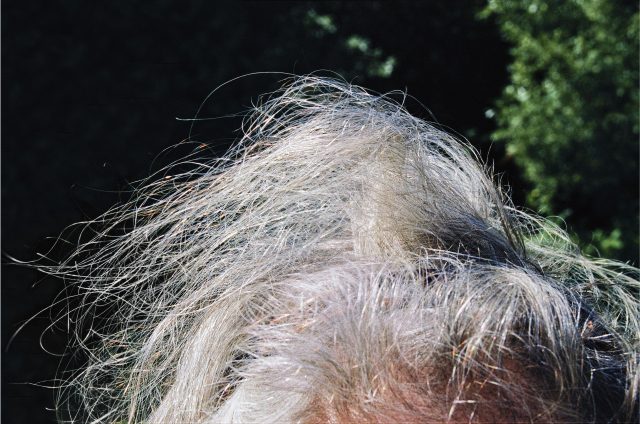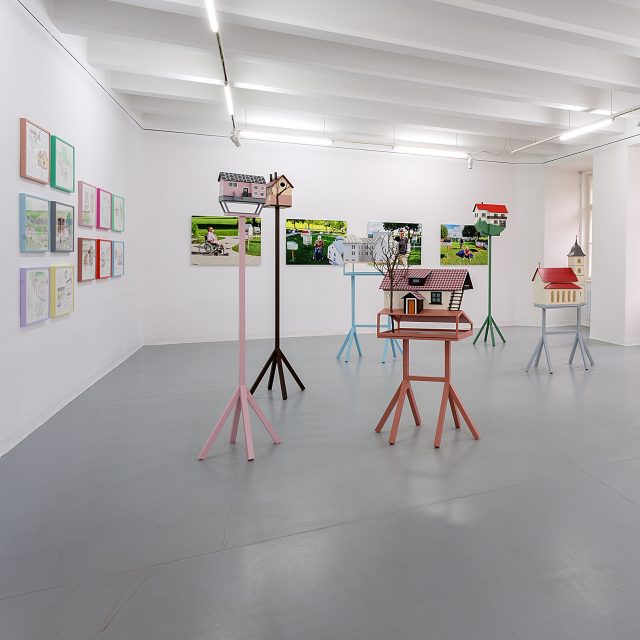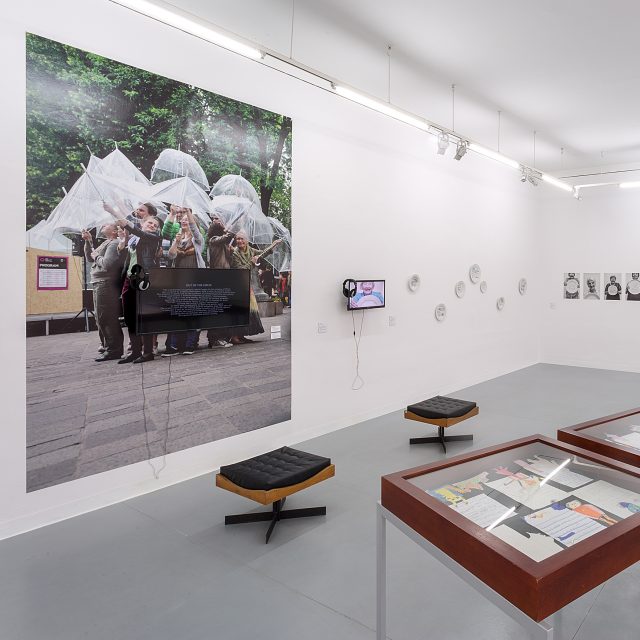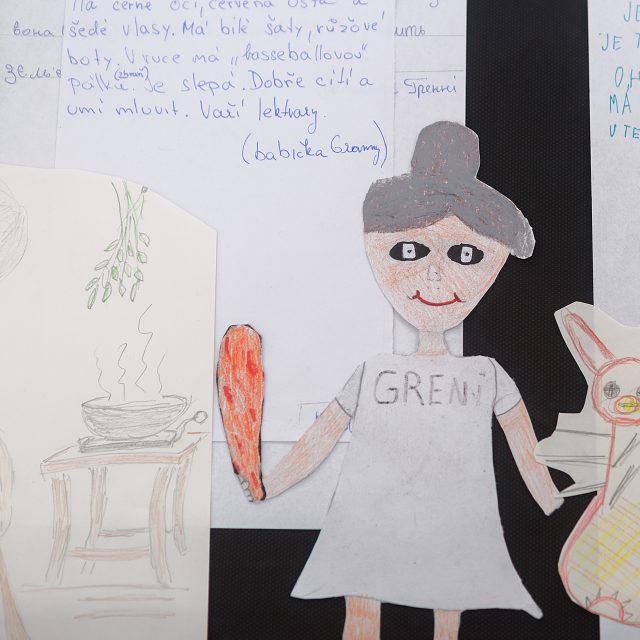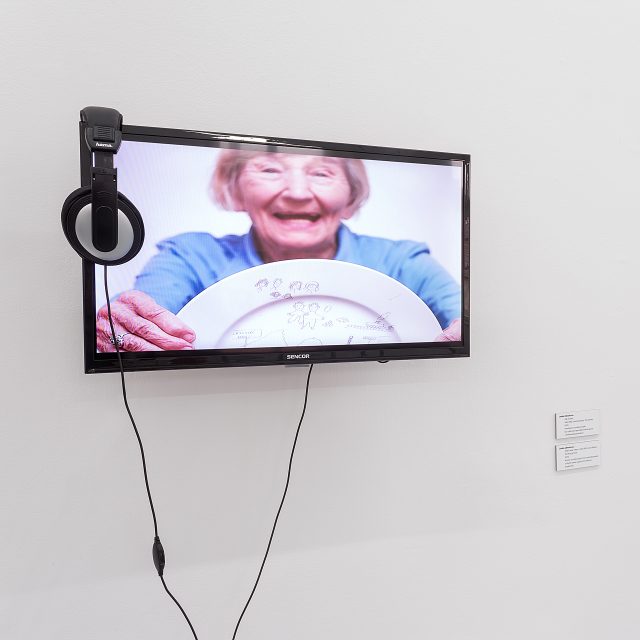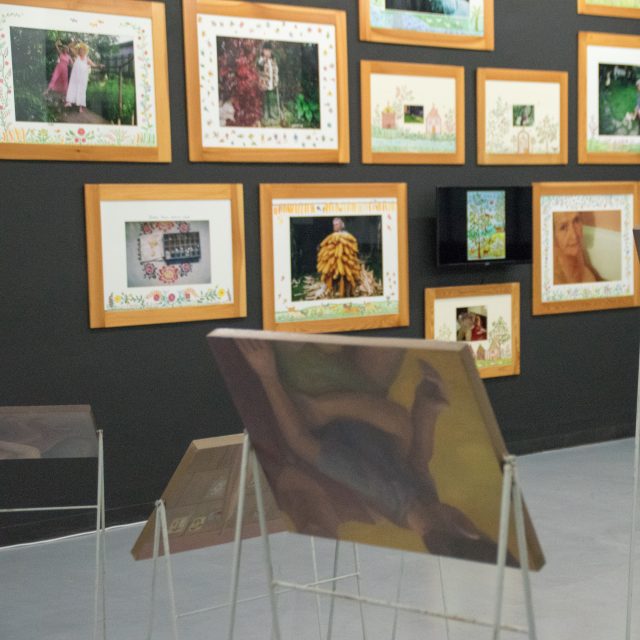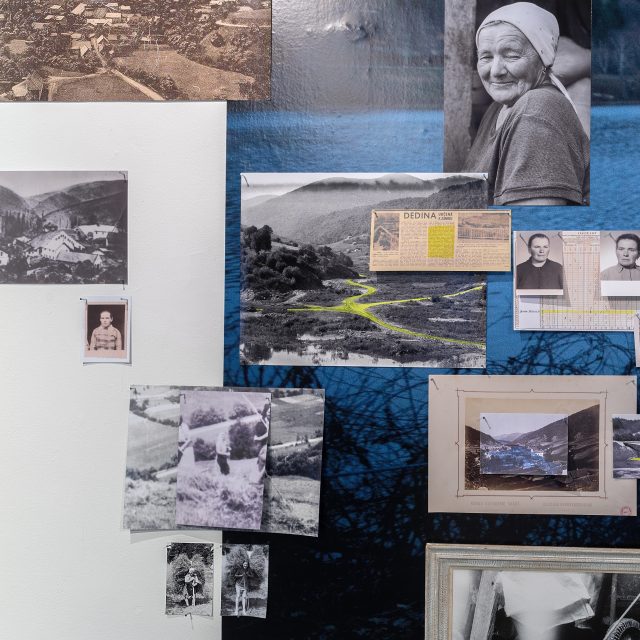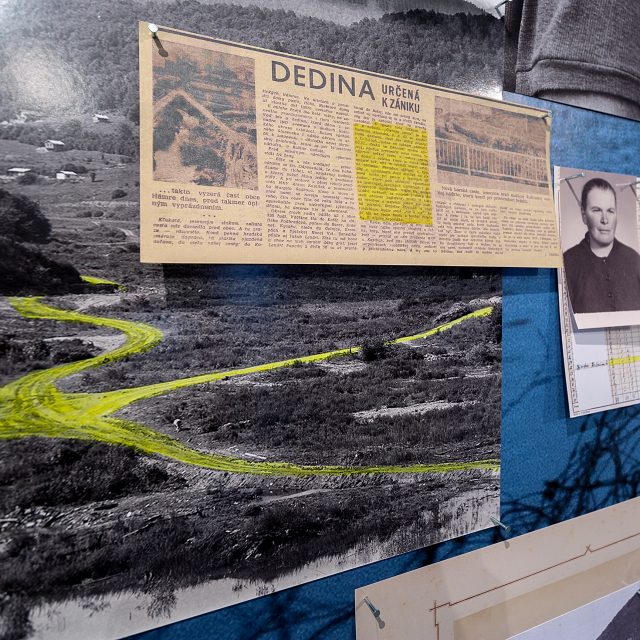An exhibition dedicated to the “curatorial work” of contemporary Slovak and Czech artists focused on seniors, their own or “adopted”, the theme of transgenerational resonance and the mutual transmission of experience in the grandson/granddaughter and grandmother/grandfather relationship.
If we follow the trends of contemporary art, we notice a strange and quite lovable “old-parent” theme among them within the social and community turn, a kind of relational and familial “warming” of artistic practice. Especially in the Czech Republic, but also in our country, projects are emerging in which artists contact their grandparents, pay them special attention, “pull” their creativity out of drawers, open up family histories, initiate collaborative or “oral-historical” works. It is as if, after years of acceleration and age-ist art practice, driven by the dictates of new media and emerging artists, (even) art has become tired and slowed down, and has begun to look around for slower media and older sources. It’s as if art and society have more of a need to listen to seniors. Certainly this is not the hottest trend: ‘community’ as a theme in contemporary art peaked shortly after 2000, and senior projects are/were at their peak around 2010, only the Coronavirus pandemic has somehow internalized the theme more and made it more serious.
Not that in the past the family was not often a background or “material” for artists. Male artists routinely exhibited the bodies of their partners (the so-called muses), “gender” artists their own bodies, the bodies of their children or lovers. Parents also commonly appeared in portrait studies. Recently, however, the object of the youngest generation’s artistic projects has quite often been a senior family member, who – and this is definitely new! – often takes an active role, adapting the offer to collaborate to his or her own image, sometimes even diverting it completely from the grandchild-artist’s original plan or “assignment”.
Artists and artists mobilize their grandparents, at times explicitly exploit them, but compared to the past, there is a certain relational inversion at work here – the programme is no longer made by grandparents for their grandchildren, but by adult grandsons and granddaughters for their still relatively young and jocund grandmothers and grandfathers.
We see the sociological grasp of the aging population (i.e., the obvious “senior turn”) of a particularly Euro-American white civilization at every turn: in American movies “for the elderly and the full-fledged,” recycling retired stars, in the offerings of slower destinations by travel agencies, in the sprawling universities of the third age, in 65+ exhibitions, in the senior supplements of daily newspapers. The vital 60‘s generation is ageing, seniors are increasing in number and it is understandable that society is looking for a meaningful programme for them. In the visual arts, this trend corresponds with a general turn to collaboration, to community and social work. There are more “timura projects”, curating, gardening and other DIY or leisure practices and activities. The ethos of the hobby is growing stronger. And somehow naturally related to this is the relaxation phase of human life – retirement.
So the theme of the exhibition is the senior impulse (or the impulse for seniors), in short, artistic visibility and – which is perhaps not the nicest term – : exploiting seniors. However, the message of the exhibition should definitely not be “old age-sickness” or “passing away”, but rather the second/third breath, creativity and vitality, i.e. the creative and musical potential of seniors. And perhaps its certain actualization after the pandemic waves devastating the lives and perhaps also élan vital of seniors.
////////
Title: Senior line
Place: Praetorium, Nám. Štefana Moysesa 25, Banská Bystrica
Opening: 24. 11. 17:00.
Duration: 25 November – 2 April 2023
Authors: Ľudmila Zimáni Horňáková, Lena Jakubčáková, Eva Jiřička, Daniela Kapráľová, Daniela Krajčová, Bet Orten / Veronika Ruppert, Ondřej Přibyl, Zuzana Pustaiová, Peter Sit, Kateřina Šedá, Maja Štefančíková, Lenka Záhorková
Curator: Petra Hanákova
The exhibition, accompanying activities are supported from public funds by the Slovak Arts Council.
The founder of the Central Slovak Gallery is the Banská Bystrica self-governing region.
